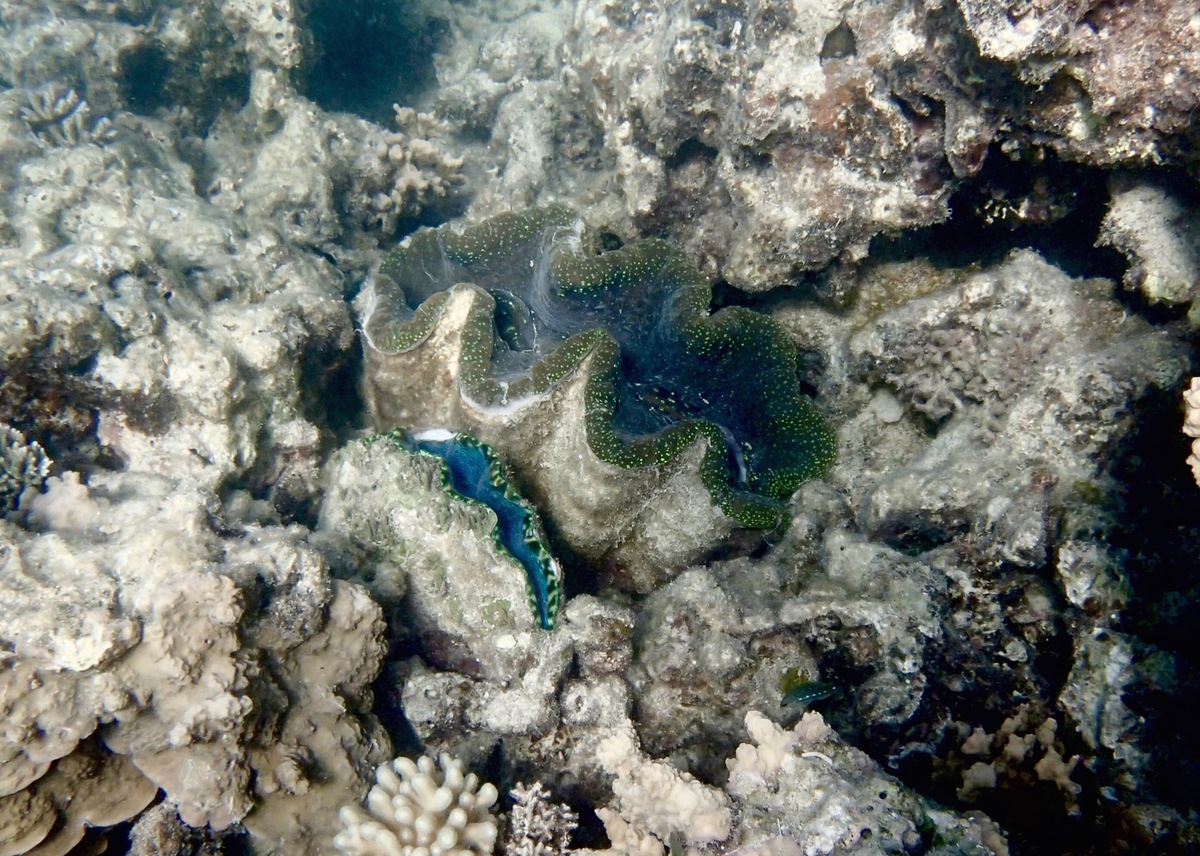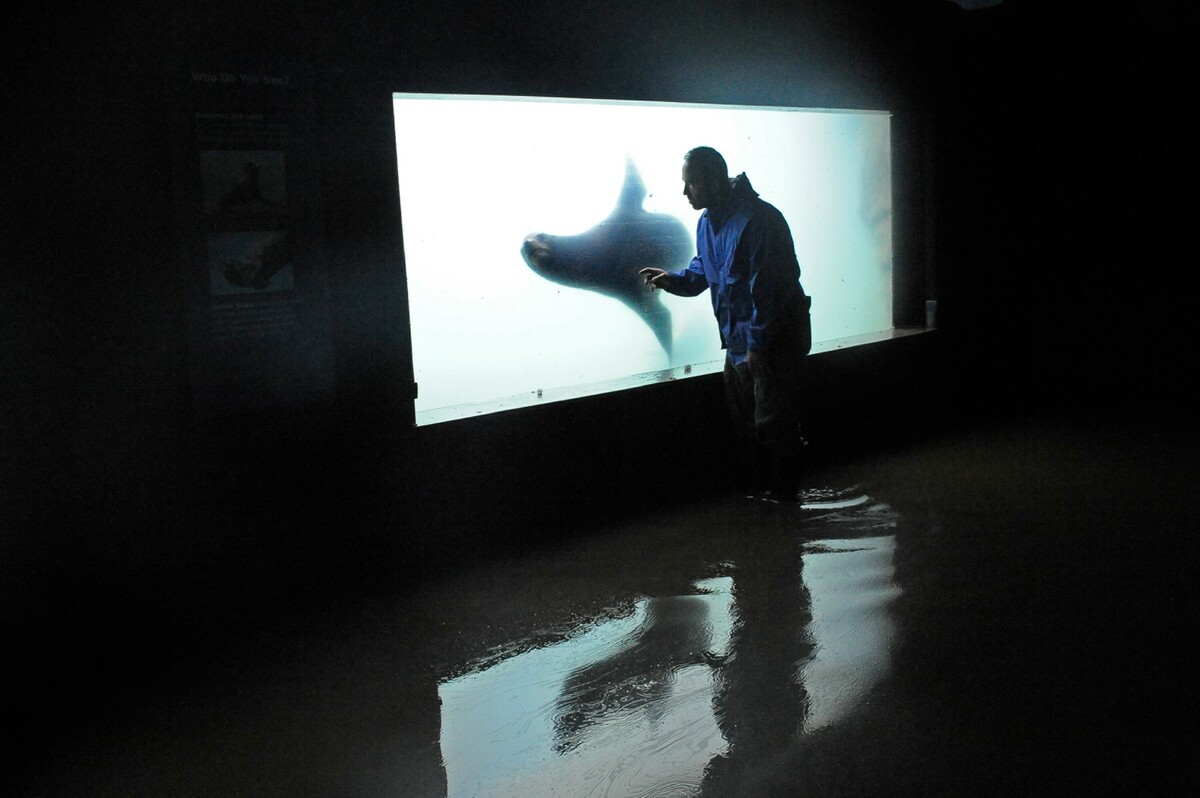Seeing is Believing:
Earth's Climate Crisis
PHOTO AND VIDEO ALBUM OF THE CLIMATE CRISIS
The climate crisis is happening now. On a global scale. Impacting all life on Earth. Humans, fauna, and flora.
As we speak, the world is experiencing a zoonotic pandemic. Species are dying out. Floods and fires are threatening the Earth’s landscapes. Intense storms and sea-level rise are wiping away coastlines. Communities are being forced to relocate. Wildlife must adapt or find different habitats. These new extremes are changing how all species function, including us. These are not distant problems, which is why viable solutions are more critical than ever.
Here we will share photographs that represent how individual people feel the climate crisis is already affecting the places they care most about. We aim to engage our global community on this personal level to encourage the actions needed to avert the climate crisis and protect our planet.
Seeing Is Believing | Walruses
Seeing Is Believing | Aguadas
Seeing is Believing | Selva Maya
Seeing is Believing | Coral
Seeing is Believing | Penguins
Other Impacts on the Ground
United States
Total Colony Collapse
"Lately, there are tons and tons of dead sea birds washing up on the shores of Alaska. One contributing factor is the drop in sea ice cover due to warming temperatures. Before, the way the Arctic marine food web worked is you would get algae forming underneath the ice. When that algae died, it would drop down through the water and get eaten by other organisms. Without that algae, the food web has been upset. Certain birds are now feeling the effects of this shift."
—Rebecca McGuire, Avian Ecologist, Formerly with WCS Arctic Beringia
United States
California Wildfires
"In San Francisco, we often see, smell, and breathe smoke during wildfire season. But the scale and intensity of the nearby wildfires on September 9, 2020, became eerily apparent when the entire day remained in red darkness as smoke and ash blocked out the sun. Taken from my balcony a few months apart, the photo on the right shows San Francisco in darkness at 9:54am compared to a typical sunny day on the left."
—Theresa Duncan, WCS Director of Individual Giving, Western Region

Australia
Storms and Rising Temperatures
"Off Lizard Island and the Great Barrier Reef, living giant oysters are nestled in among hard corals damaged, bleached, and dead as a result of Category 5 tsunamis in 2014 and '15 and mass bleaching events due to rising water temperatures in 2016 and '17."
—Coty Sidnam, WCS Trustee
Bolivia
Obvious Signs
"Drying river beds and receding glaciers in Bolivia are impossible to ignore and have wide ranging impacts."
—Lilian Painter and Robert Wallace, WCS Bolivia


Bolivia
Rapidly Receding
"In the Apolobamba protected area, in the high Andes, farmers are worried that a drier climate will mean increased competition for resources among wildlife, domestic animals, and the people themselves."
—Julie Larsen Maher, WCS Staff Photographer

Butan
Swept Away
"Takin crossing a glacial fed stream in a high mountain valley of the Bhutanese Himalayas. Takin are Bhutan's national mammal and often are described as a cross between a bee stung moose and a wildebeest. They are a true goat antelope. In the Himalayas, rapid glacial melting increases stream flow and torrents, and at times both people and animals are swept away. I have watched this happen to takin."
—Joel Berger, WCS Senior Scientist
China
Desiccating Glacier
"The world's highest elevation equids—Kiang, in this photo on the Tibetan Plateau—are an elegant cold-adapted yet endangered wild ass. Here, they run along the fringe of the desiccating yet massive Buakbada glacier in western Tibet. Along with kiang in these distant and high elevation realms are also several endangered species including wild yak, chiru and snow leopard."
—Joel Berger, WCS Senior Scientist


Congo
Floods at Base Camp
"Lac Télé Community Reserve is a vast flooded wetland and forest in northern Congo. The ecosystem relies on annual floods and dry periods and provides year-round fish to local communities. The last few years, however, have seen erratic weather, from extremely low rainfall in 2018 to catastrophic flooding in 2019. This is the WCS base in Epena during the floods."
—Ben Evans, WCS Project Director, Lac Télé Community Reserve
Fiji
Cyclone Winston
"Fiji's coastal communities depend on healthy underwater ecosystems. But the impacts of climate change—including damage from hurricanes like Cyclone Winston as seen here—present an unprecedented challenge."
—Sangeeta Mangubhai, Former Director, WCS Fiji

France
Signs at Mont Blanc
"Thanks to these postings, you can track the height of the glacier over the last 30 years. As you can see, it has retreated significantly."
—Nat Moss, Executive Director, WCS Strategic Communications

Guatemala
Fires in Mesoamerica
This infant howler monkey has lost its home. In early Spring 2020, with forest rangers sheltering due to the COVID-19 crisis, fires, exacerbated by drought, raged uncontrolled across Mesoamerica, including in northern Guatemala’s Maya Biosphere Reserve, which WCS has worked to conserve for more than two decades. The young monkey was found alone in the ashes of a burned tree in the community forests of San Miguel la Palotada there.

Guatemala
A Drought in the Lagoon
"In Laguna del Tigre National Park in the Maya Biosphere Reserve lies El Peru Lagoon. At the WCS field station there, we detected an alarming drop in the water level in early 2019. Although we've recorded low water levels in other years (2003 and 2010), in 2019 the water surface sunk even lower due to an extended drought."
—Rony Garcia, Director of Biological Research, WCS Guatemala
Mozambique
Forest Fires
"Extensive Miombo forest fires create uncontrolled carbon emissions into the atmosphere and greatly disrupt the food chain within the ecosystem."
—Peter Trevor, WCS Operations and Logistics Director, Niassa National Reserve

United States
Following Environmental Cues
"In the Greater Yellowstone ecosystem, elk time their migration with environmental cues. As plants begin to green, they start their move uphill. That timing is shifting with a change in the snow melt and that will have wider impacts."
—Jon Beckmann, former WCS Senior Scientist


United States
Hurricane Sandy
Hurricane Sandy devastated many communities in 2012, including Coney Island, NY, the location of WCS’s New York Aquarium. The entire campus of the aquarium was underwater as neighborhoods across New York experienced severe flooding and damage. Here the aquarium’s director, Jon Forrest Dohlin, visits with a sea lion in the aftermath of the storm.
United States
Rising Waters on Isle de Jean Charles, Terrebonne Parish, LA
Higher Ground
The shifting shoreline has caused families living there to either move or build their homes up higher.
Dying Trees
Plant life on the island, like this live oak, is dying as saltwater has moved in.
—Mary Dixon, Senior Vice President, WCS Communications
United States
Selling Point
"A sign selling a not-yet-finished development in Houma, LA. Its advertising is not focused on low prices, a community pool, or tennis courts, but higher ground."
—John Waldman, Conservation Biologist and Professor


United States
Sea Level Rise in Hawaii
"Over 97% of all black-footed albatrosses, Bonin petrels, and Tristram’s storm petrels nest on low-lying atolls threatened by sea level rise and increasing storm surges due to climate change. Pacific Rim Conservation, a WCS Climate Adaptation Fund grantee, is restoring suitable habitat that's projected to survive the changes."
—Elizabeth Tully, Associate Director, WCS Climate Adaptation Fund
Click Here
Sign Up for Email Updates
Get news from the field and learn about ways you can help Earth’s most threatened species.
















